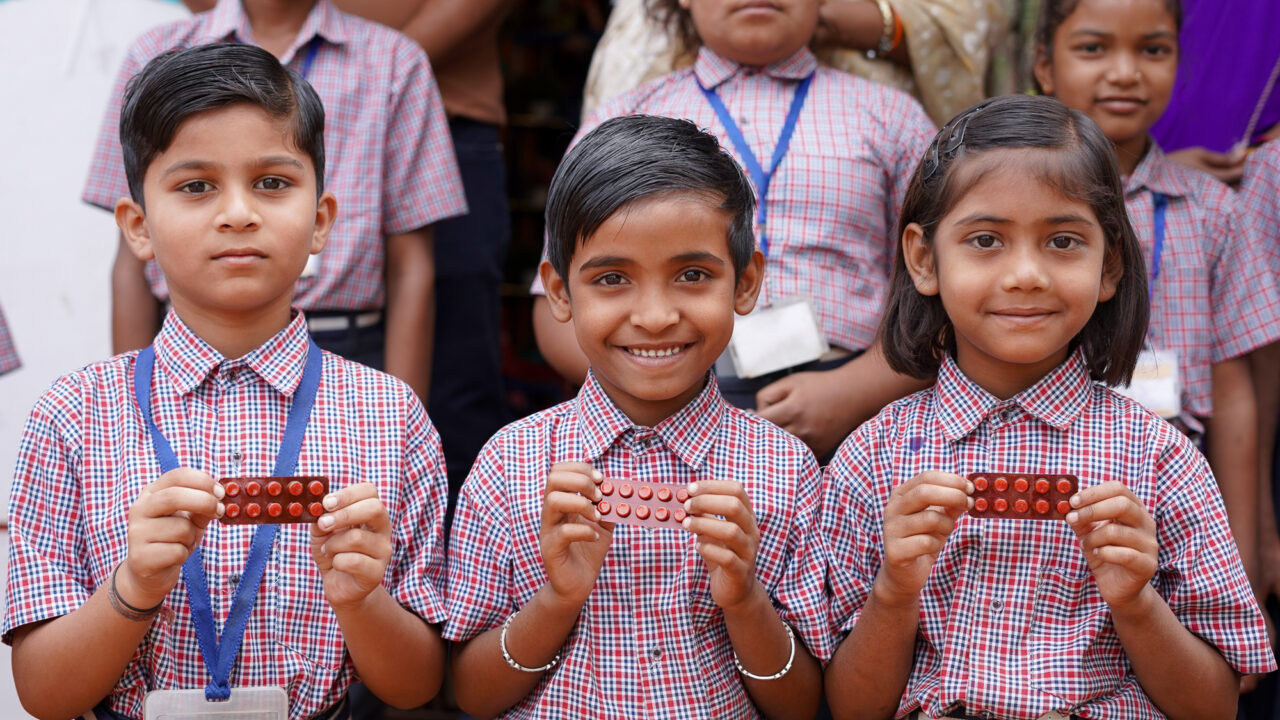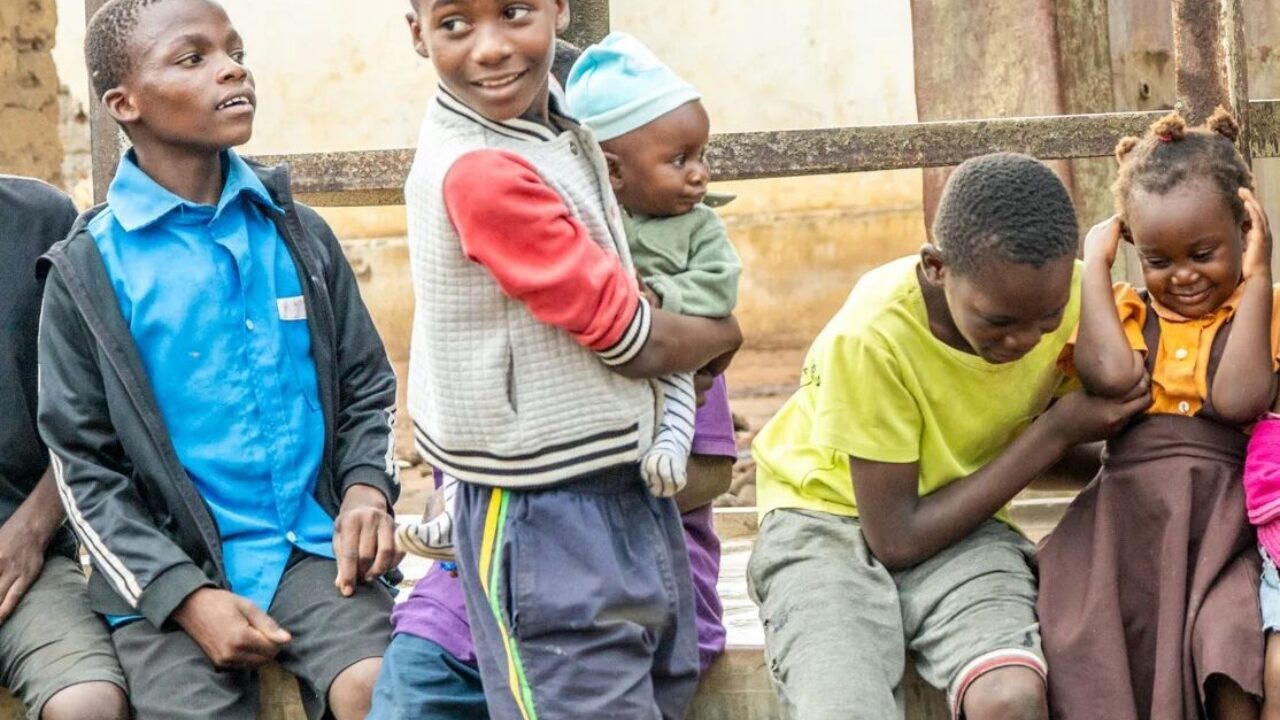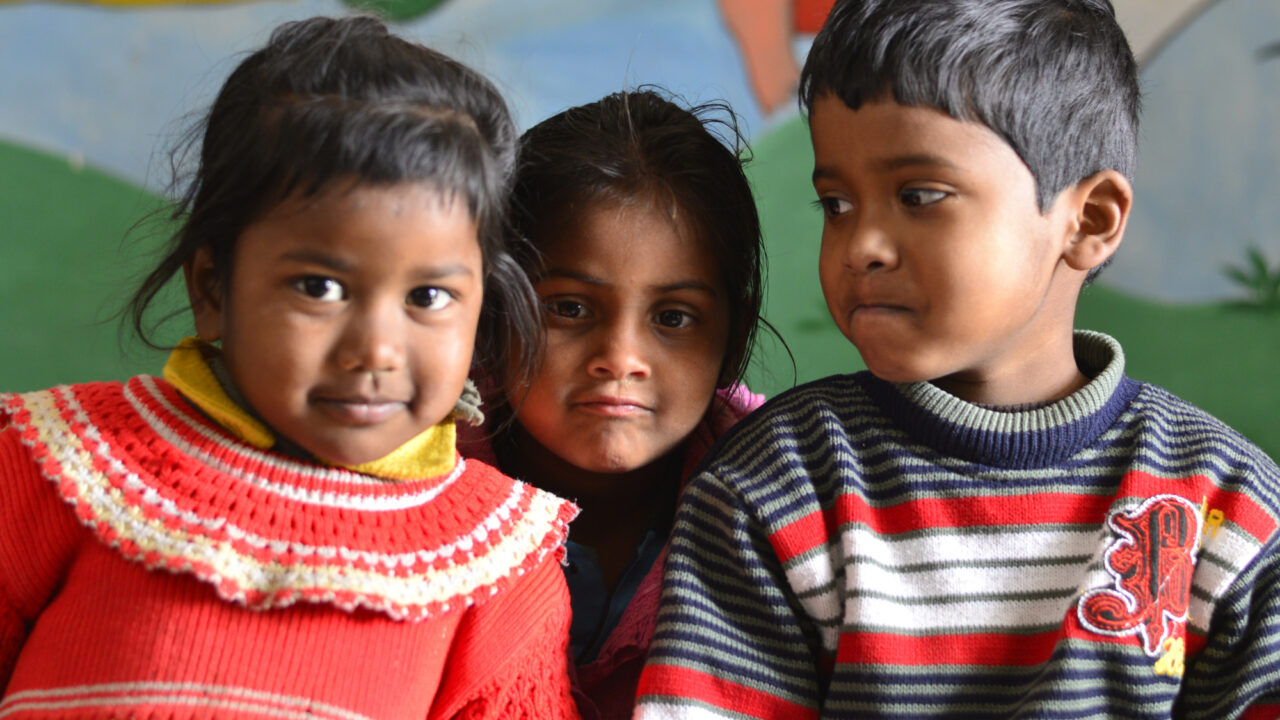Choosing where to make an end-of-year charitable gift isn’t always an easy decision for donors.
There are endless problems in the world to fix, constant crises in the news, and conflicting interests between helping locally versus globally. Even if they know the cause they want to tackle, donors have to find relevant organizations, discover which ones are most trustworthy, and then decide which one to back. Some donors choose to opt out of doing that research and just go with the familiar big charity names, at the expense of lesser-known nonprofits that might be just as, or even more, deserving.
But there’s a smarter way that donors can drive the most effective philanthropy with their gifts: giving where your money will be used most effectively, dollar by dollar.
That’s what more and more donors are doing — considering their charitable contributions as investments, and looking to understand what their impact return might be.
It sounds simple, but until relatively recently, it was quite challenging for donors to gain enough insight on organizations to make that call. Evaluators like GiveWell, The Life You Can Save, and Founders Pledge are now making it easier, by taking on the challenge of quantifying “good" — helping donors understand which charities are actually delivering the most impact per dollar.
Evidence Action is uniquely positioned to do just that. As we scale low-cost health interventions that are proven to work, we maximize the value of each and every donor dollar that’s invested. And we’ve consistently delivered on that promise for over ten years — that’s how we achieve outsized impact and have reached half a billion people with solutions that improved their lives.
Here are three ways that we’re able to maximize donors’ return on investment, enabling them to change and save lives most effectively with a gift to Evidence Action.
- Neglected diseases: We largely focus on neglected health issues that have been ignored or underfunded for too long.
- Value for money: We ensure the best value for donor money through our uniquely rigorous approach to cost-effectiveness.
- Reaching massive scale: We leverage government partnerships to scale beyond what we could reach on our own.
1. We largely focus on neglected health issues — those that have been ignored or underfunded for too long.
Millions of people around the world are suffering from debilitating and deadly diseases that are treatable, and even preventable, with access to the right care. But without enough attention or funding, that care isn’t available to those who need it most.
Take maternal syphilis for example. It affects one million women and causes 200,000 stillbirths and neonatal deaths each year, as well as over 100,000 cases of disability such as blindness, neurological issues, and hearing loss. Despite being easily treatable, maternal syphilis remains a deeply neglected issue. While over $300 million is spent annually on maternal HIV, spending on syphilis is largely unknown; we estimate it’s less than just $50 million.
That’s why we launched Syphilis-Free Start, which helps governments incorporate a low-cost dual HIV/syphilis test and syphilis treatment into prenatal care. In just a few years, the program has already averted over 2,300 adverse birth outcomes, including saving 1,300 lives.
For donors, our focus on neglected issues means that your money goes toward addressing urgent needs — like saving newborn lives by tackling maternal syphilis — that would likely otherwise go unmet. That creates a more direct, measurable result from your contribution.
Our Accelerator is always evaluating interventions that address neglected issues or target populations that have inequitable access to solutions. Some of our current in-development programs include HPV vaccination for adolescent girls, reading glasses to correct age-related vision loss, and malaria treatment for school-age children. Give to the Radical Scale Fund today – your donation will enable us to be bold and nimble, taking advantage of the most urgent opportunities out there.
2. We ensure the best value for donor money through our uniquely rigorous approach to cost-effectiveness.
Cost-effectiveness isn’t just about keeping costs low, but rather about delivering the biggest impact at the lowest cost. And it’s not just a buzzword for us — it’s our creed.
We have a team specifically dedicated to managing our uniquely rigorous approach to cost-effectiveness, which at its core is about quantifying the benefits of an intervention and comparing that against its costs. The result is that each and every intervention that we bring to scale is designed to deliver outsized impact. Read more about our approach to cost-effectiveness here.
How we deliver our Safe Water Now program is a prime example of this. While many organizations focus on building infrastructure, like taps and wells, we choose to focus on water treatment. That’s because water treatment is proven to be one of the most cost-effective ways to improve child survival. It can save a life for just $3,000 (which is incredibly low — for comparison, GiveWell estimated the average cost to save a life within the funding they directed in 2020 – already to a very high cost-effectiveness bar – to be $4,500) or add a year of healthy life for only $40.
[Read: Access Without Quality Doesn’t Hold Water]
Donors can help us maintain lifesaving safe water access to 10 million people for less than $1.50 per person per year.
Maximize your safe water impact even further! Right now, all gifts to Safe Water Now will be matched dollar for dollar by a generous donor. That means that every $100 you give, once matched, could provide access to 133 people for one year! The match ends December 15, 2024. Give to the Safe Water Now Fund now to double your impact.
3. We leverage government partnerships to reach massive scale, beyond what we could cost-effectively reach on our own.
Our unique technical assistance model leverages existing resources and prioritizes government ownership. This is key to how we’re able to rapidly scale up our interventions, reaching as many people as possible.
Here’s an example of how that works in Malawi, where we just launched both Deworm the World and Equal Vitamin Access. Instead of building a delivery network from scratch, which would be expensive and inefficient, we partner with the government to leverage schools to reach millions of children where they already are. Teachers are trained to provide the deworming pills and vitamins, and children who aren’t enrolled are still eligible to come in for treatment.
We prioritize government ownership early on, with the ultimate goal of responsibly handing the entire operation over. In some cases, we plan to help governments wind down programs, like when worm prevalence rates drop so dramatically that mass deworming can be scaled back. We’re happy to put ourselves out of a job once our help is no longer required — that's the ultimate sign of success.
By helping governments optimize their investments in health solutions — in development terms, their domestic resource mobilization – we can leverage co-financing to catalyze more impact. In Kenya, the government now purchases deworming medication rather than relying on pharmaceutical donations. Pakistan added school-based deworming to the government's National Economic Plan and allocated funding. And India’s financing for deworming increased from $2.6 million in 2014 to $23.5 million in 2019 — in other words, for every $1 provided by donors during this time, the government invested $4.
You can help us continue to scale our uniquely effective school-based delivery model into new geographies with a gift to our High Impact School Health Fund.
You can make the most out of your tax-deductible donation this giving season.
Every choice we make in our program design and delivery is aimed at increasing our cost-effectiveness and generating the greatest impact possible.
If you’re ready to maximize your impact on global wellbeing, one of the best ways to do that is to invest in one of our strategic funds – your flexible programmatic support will enable us to deepen and expand our impact.
Originally published on November 22, 2023; last updated October 18, 2024.
Focus Area(s)
- Child and Adolescent Health
- Clean Water
- Maternal and Newborn Health
- Neglected Tropical Diseases
- Nutrition
- Women and Girls



